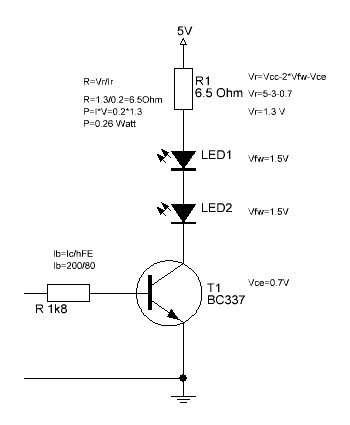For my Volume Control project I would like to use infrared but not in the usual sense with sending codes using remote control unit. What I would like to do is establish a serial connection with the picaxe but instead of using RF modules do it using IR LED and IR receiver.
I did some googling and found this. I'm thinking to generate the 38KHz pulse it would be easiest to do with a schmitt trigger inverter oscillator or a 555 timer and use the picaxe uart to control the LED.
Has anyone already tried it, will it work with a picaxe?
As far as speed, even 300 baud is ample and the control distance would be 3 meters at most.
I did some googling and found this. I'm thinking to generate the 38KHz pulse it would be easiest to do with a schmitt trigger inverter oscillator or a 555 timer and use the picaxe uart to control the LED.
Has anyone already tried it, will it work with a picaxe?
As far as speed, even 300 baud is ample and the control distance would be 3 meters at most.

